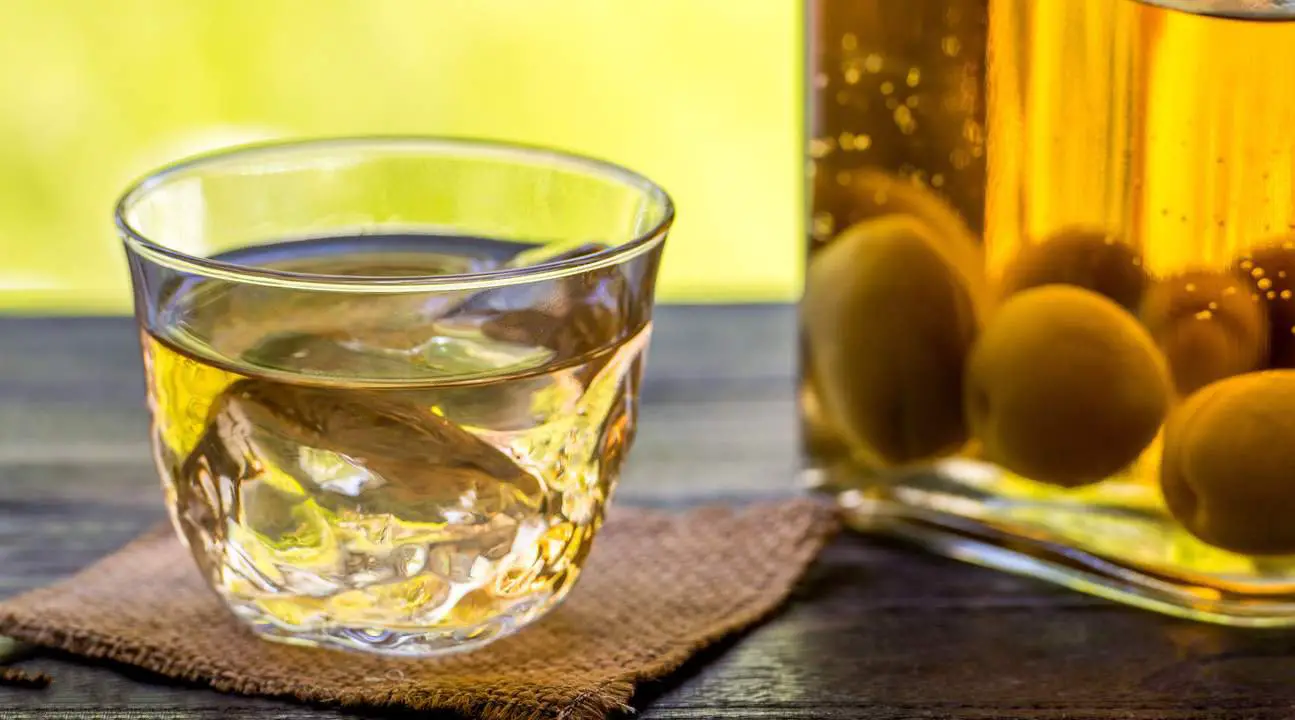
Everything You Need To Know About Chinese Plum Wine
Traditionally, whenever someone mentions wine, the standard grape wine comes to mind. But did you know there are more than a dozen other kinds of wine? In fact, wine can be made from any fruit or flower that can ferment! You should however not confuse wine and beer. The latter is plant-based as opposed to fruit or flower based.
Brief History
Chinese history credits Yi Di, the wife of the first dynasty King Yu, as the inventor of alcohol and alcohol making. This was in 2100 BC. Generally, alcohol holds a significant place in Chinese culture, where it was, and is used in cultural events. For example, alcohol features in medicinal treatments, religious sacrifices and ceremonies, at weddings, family gatherings and other celebrations.
The Chinese plum wine is a very popular drink in China and most of South East Asia. In fact, different Asian countries enjoy this drink. In Korea, plume wine goes by Maesil Ju, in Japan Umeshu and in China, Meijiu. Chinese plum wine traces its roots way back to ancient China. Initially, the Chinese used plum wine for medicinal practices given the many health benefits the plum carries. However, recently, Meijiu is a popular refreshment incorporated in meal times and other celebrations. Umeshu, introduced to Japan by ancient china, remains the biggest brand of plum wine in the world, with the company Choya being the biggest commercial manufactures.
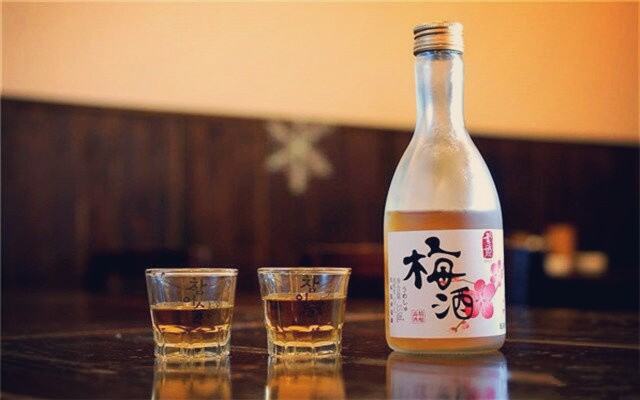
Brief History Of Chinese Plum Wine
The 3 Main Ingredients
The Chinese plum wine is as simple as it is tasty. Only 3 ingredients are needed for the basic preparation. However, you are free to add in flavourings to the wine to fit your preference. But if you are looking to enjoy the simple yet strong and rich taste of traditional plum wine, then here are the three ingredients you will need.
Chinese Plums
Despite its name, the Chinese plum is not a plum. In fact, it is closer to the apricot family than it is to plums. Some of its other names are Prunus mume and Japanese Apricot. The plum or Ume in Japan has many cultural and historical benefit attached to it. For example, the ancient Asian makers of the wine, attributed benefits like strength rejuvenation, curing of insomnia and clearing of the mind to the fruit. Other traditional and scientific medicinal gains of consuming prunus mume include:
- Curing gut infections and sterilizing the stomach.
- Curing constipation.
- Improving or restoring lost appetite.
- Blood purification.
- Weight loss.
- Increase in body energy levels.
- Easing bad hangovers.
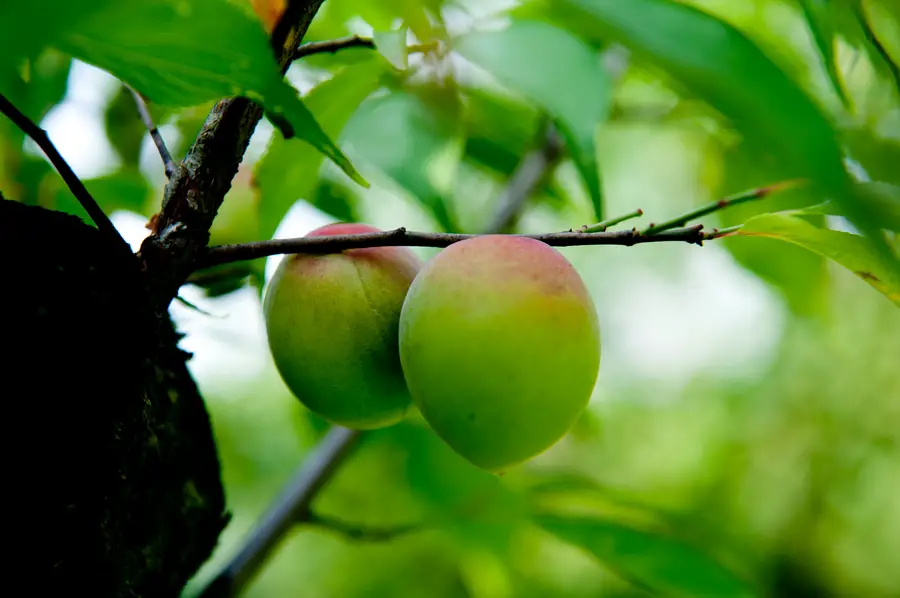
Chinese Plums
For the making of Chinese plum wine, use green unripe Chinese plums. Although they are inedible, they are the best for the wine making process. Do not use ripe plums because they may rot during the fermentation process, which can take up to 1 year depending on the amount of wine you are making. Dried plums on the other hand are not absorbent and may backfire in the fermentation front. Fresh plums also give the resultant wine a richer flavour and colour. In china, you can get the plums almost anywhere. In markets and grocery stores alike. If you are outside china, consider checking Asian grocery stores.
Rock Sugar
Sugar is sugar, right? Well in this case, sugar is not just sugar. We suggest the rocky sugar crystals or candy sugar for the best results. The large sugar crystals take a longer time to dissolve. This is ideal because the longer they take, the better the extraction process. Sugar is important in the wine making because it not only adds sweetness to the otherwise sour unripe plums, I also increases the alcoholic levels of the wine because sugar starts fermenting into alcohol after a while. In case you do not find the rocky sugar, granulated sugar will suffice.
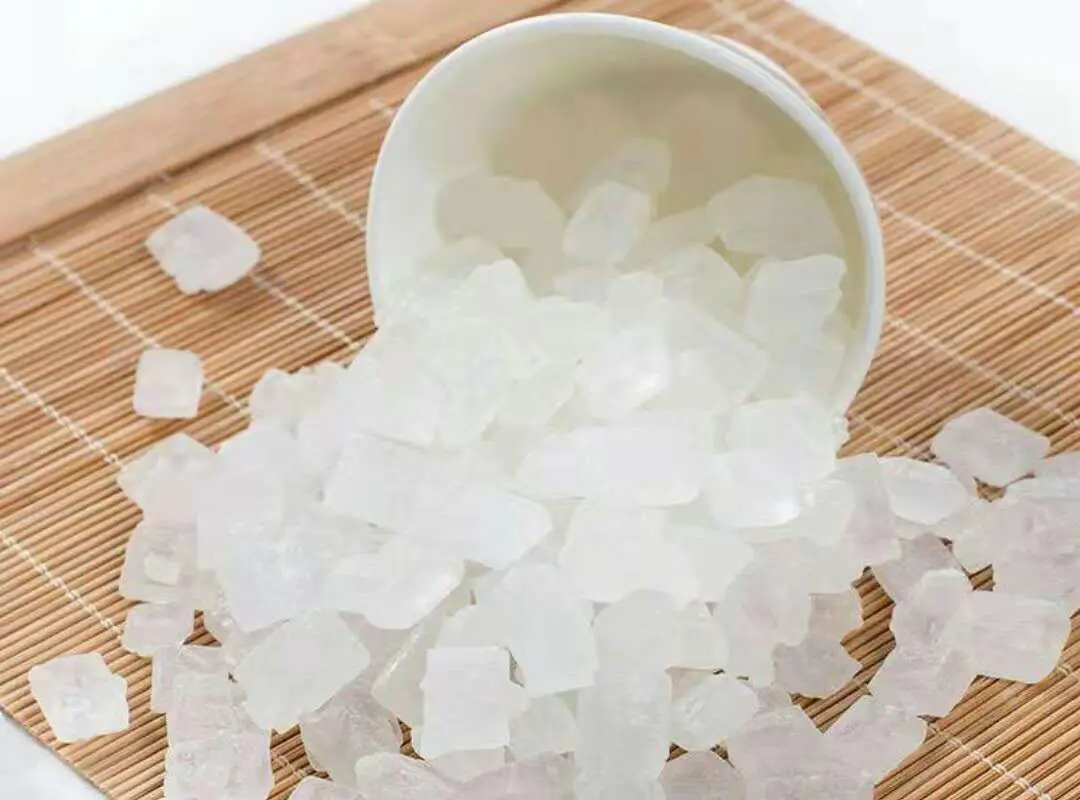
Rock Sugar
Clear Liquor
The third and final ingredient is a distilled spirit or vodka of your liking. The liquor helps maintain the desired levels of alcohol required for proper fermentation, usually around 35% alcohol by volume or ABV. Sochu is a common liquor used in Asian plum wines. The alcohol used should be as clear and pure as possible. This means that it should be absent of flavour as well to avoid shadowing the plum flavours.
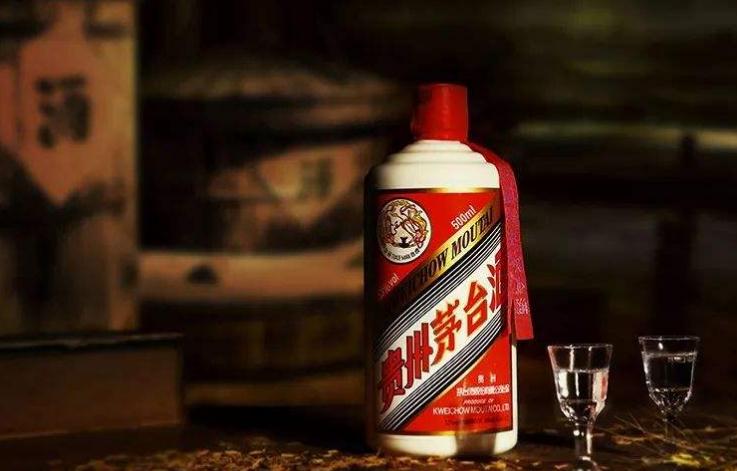
Clear Liquor
Other Equipment Needed
Glass Jar: Glass jars are good because they are transparent and allow you to see the fermentation process. However, if you cannot find any, you can use barrels, fermentation buckets or any container that is deep and wide enough to allow stirring.
Bleach/Warm water: The fermenting containers need thorough cleaning and sterilization before use. Any slight bacteria or other germs can cause the whole batch to go bad so be very careful when washing. You can always use bleach with warm water to clean the containers. However, the bleach can cause a bitter and burning aftertaste once the wine is ready to consume. Hot water and salt can also do.
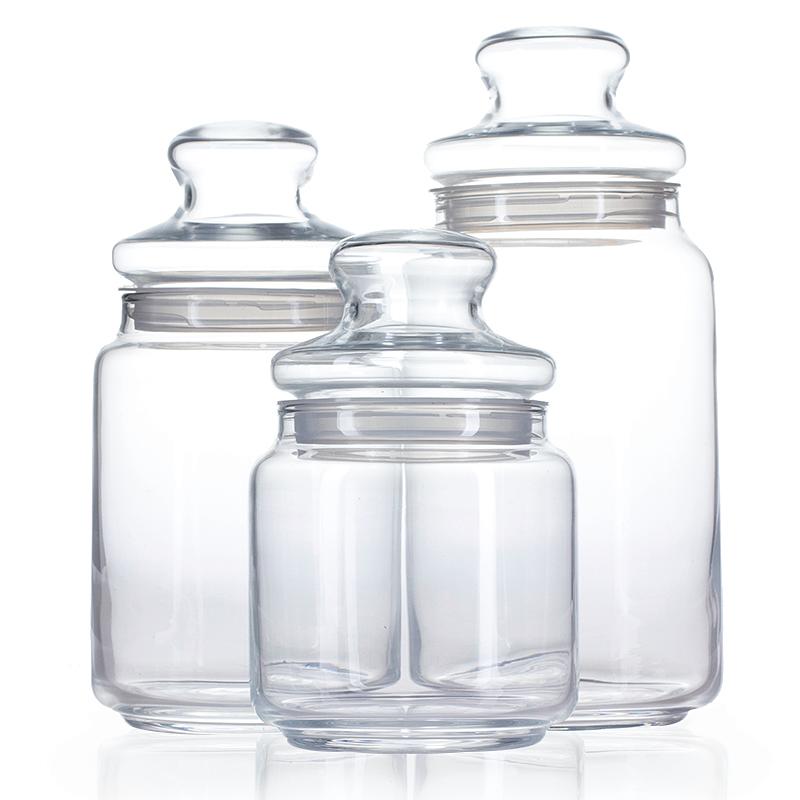
Glass Jar
Wine Making Process
Step 1: Prepare the Plums
Take your plums and set them on a table. Sort them carefully, removing any plums with bruises or wounds. If left, the affected areas can cause an unpleasant taste and colour to the wine. Once you have your choice batch, remove the stems and flower buds at the top of the plums. You can use a knife or toothpick to do this. You must be very careful not to injure or puncture the plums. An easier and traditional way of doing this, is by cutting a thin slice off the top of the plum, that entirely removes the stem from its base. It also eliminated any possibilities of injuring the plums. Once ready, thoroughly wash the Prunus mume and allow them to dry as you prepare the glass jars.
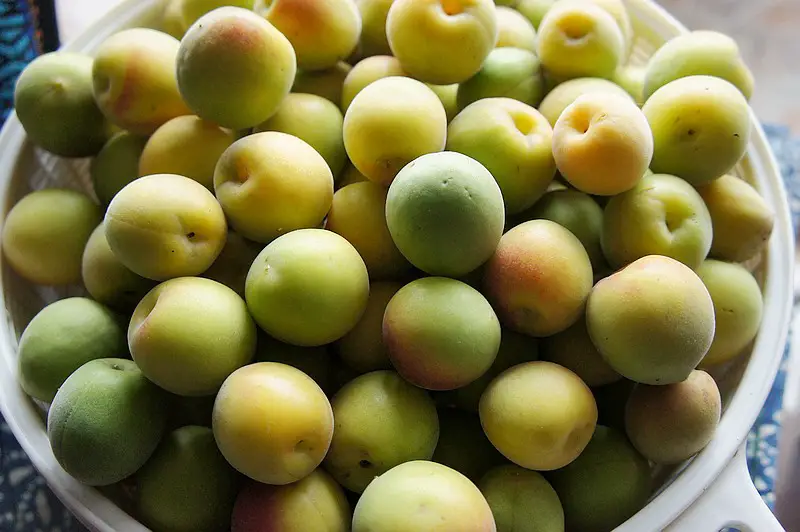
Prepare the Plums
Step 2: Prepare the Jar
Wash the glass jar(s) thoroughly with hot water and salt. You can use soap but make sure to rinse it all off otherwise the wine will have a soapy aftertaste. Once you are sure the jars are clean, dub the insides with a towel wetted by the liquor. Do this even for the lids and set them aside.
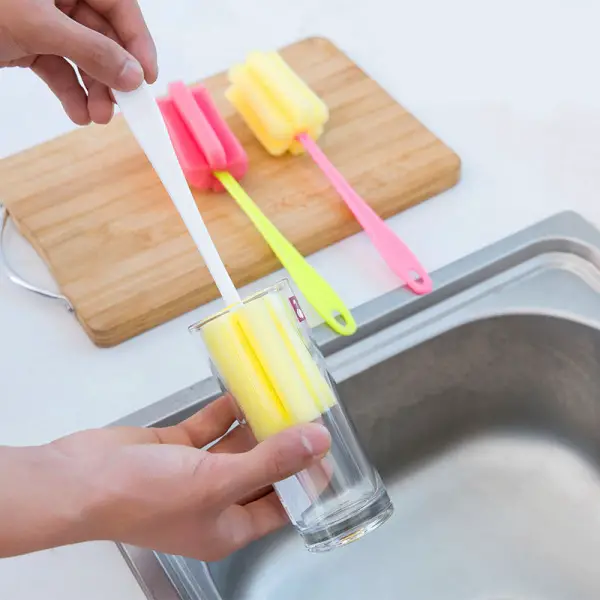
Prepare the Jar
Step 3: Mix the Ingredients
Take the glass jar and carefully add the Chinese plums in a layer. Cover this layer with rocky sugar. Add another layer of plums, topped with sugar. Do this alternative layering until all the plums and sugar are in the jar. If the jar is not big enough, consider using two, or as many as needed. Now add the sochu or vodka of your choice, careful not to spill any over. Close the lid(s) and set the jar(s) in a cool dark place.
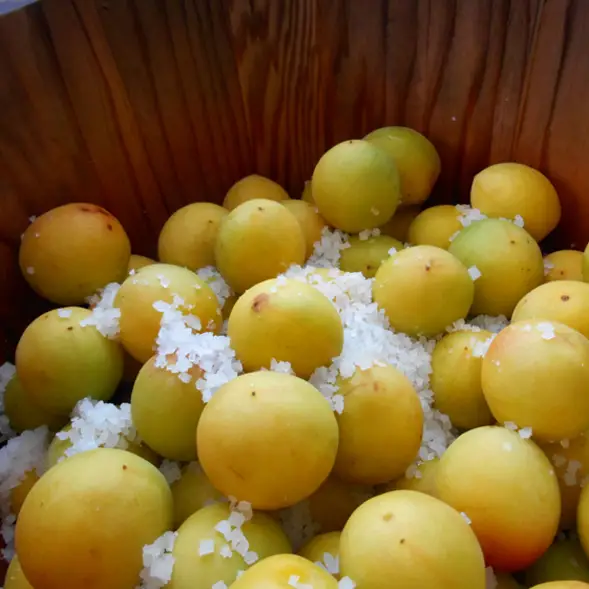
Mix the Ingredients
Let the jars sit for at least one year for the best results. Some people take the wine after 3or 6 months. However, the premature wine will not be as flavourful, or strong as the one-year one.
Notes
- You can check the wine every 3 months to add sugar, or liquor to fit the taste you desire.
- You can add other ingredients such as honey and tea leaves to give it a particular taste.
- After harvesting your wine, you can use the remaining plums to make homemade jams, as garnishes for your wine, to make fruit salads or just as additions to other food recipes.
- Use the 1kg: 0.8kg: 1.8kg plums: sugar: liquor ratio. So that in case you adjust the measurements of the ingredients, you will know how to adjust all of them.
- Store harvested wine in glass bottles refrigerated or in a cool, dark and dry space.
Serving
Serve your easy homemade Chinese plum wine chilled for the perfect taste. The wine will have approximately 30% alcohol content. Enjoy your wine with foods, as a celebratory drink, or at your own preferred time.

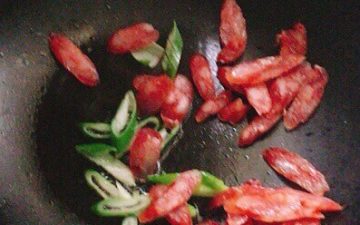
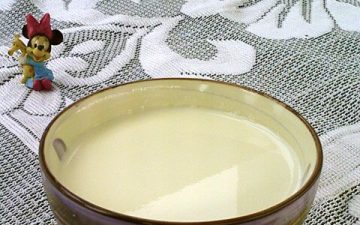
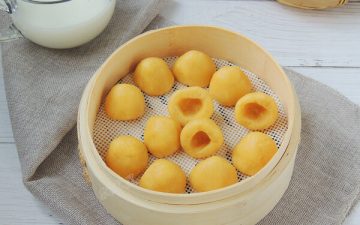
Leave a Reply